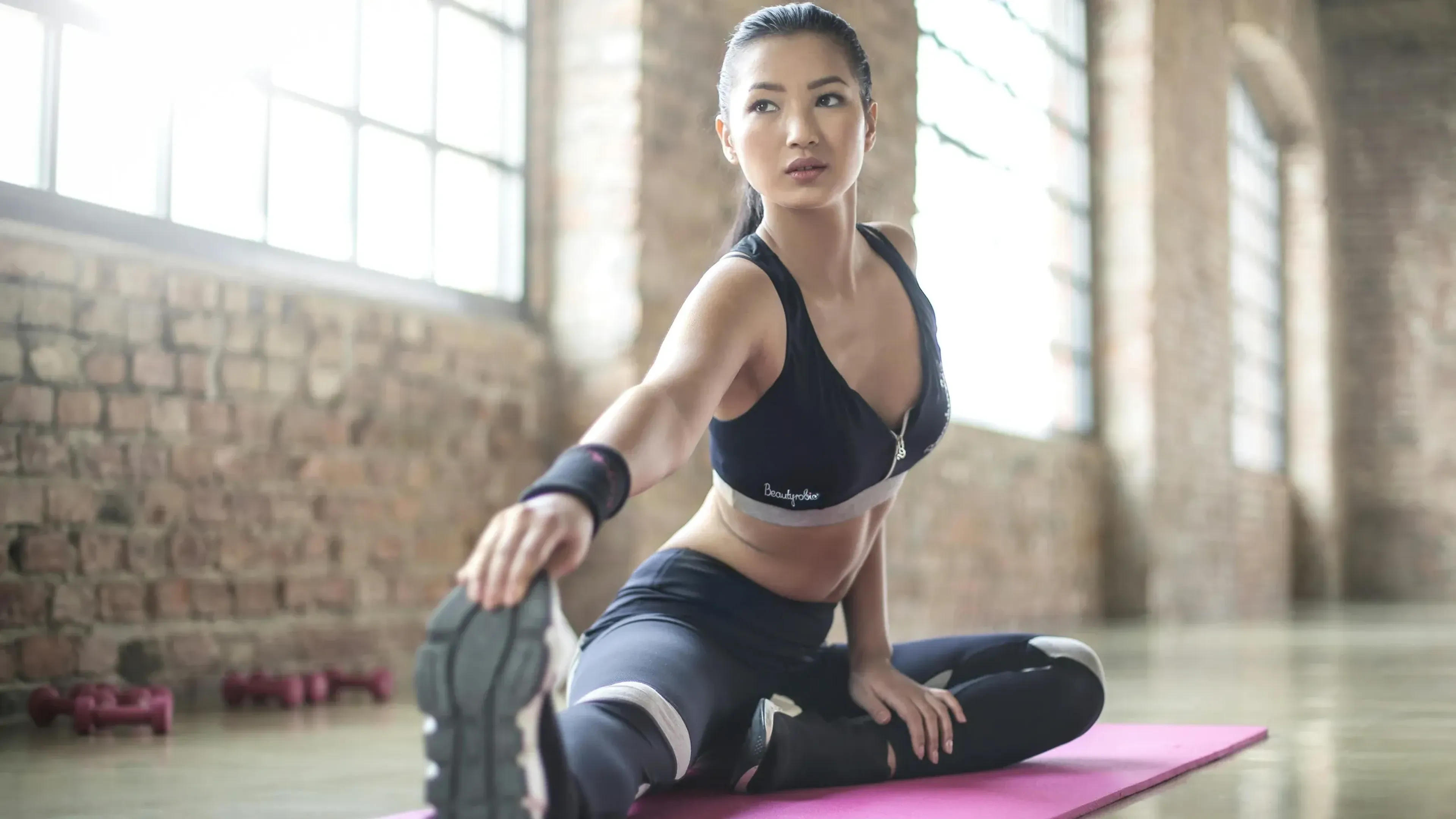Dumbbell Bulgarian Split Squat

Overview
- Primary Focus:
- Upper legs and glutes.
- Equipment:
- Dumbbell and bench.
- Difficulty:
- Beginner.
General Information
Dumbbell Bulgarian Split Squat is a compound exercise that primarily targets the quadriceps and gluteus maximus, with secondary engagement of the hamstrings, calves, and core for stability. It is an intermediate-level exercise that challenges balance, coordination, and unilateral lower-body strength.
This exercise is performed by elevating the rear foot on a bench or platform and lowering into a squat position with dumbbells held at the sides. The elevated foot shifts more load to the front leg, making it highly effective for isolating one leg at a time and correcting strength imbalances.
The Dumbbell Bulgarian Split Squat is a versatile lower-body movement that can be used for hypertrophy, strength, and athletic development. It requires more balance than traditional squats and places less strain on the spine, making it a solid option for those looking to train legs without heavy axial loading.
Muscles Worked
- Gluteus Maximus
- Primary
- Rectus Femoris
- Primary
- Vastus Medialis
- High
- Biceps Femoris
- Medium
- Gluteus Medius
- Medium
- Vastus Lateralis
- Medium
- Adductor Magnus
- Low
- Erector Spinae
- Minimal
- Gastrocnemius (Lateral Head)
- Minimal
- Gastrocnemius (Medial Head)
- Minimal
- Soleus
- Minimal
Instructions
- Stand about two feet in front of a bench or platform and hold a dumbbell in each hand at your sides.
- Extend one leg behind you and place the top of your foot on the bench.
- Keep your chest upright, shoulders back, and core engaged.
- Lower your hips straight down by bending your front knee until your thigh is roughly parallel to the ground.
- Make sure your front knee stays aligned with your toes and does not cave inward.
- Pause briefly at the bottom, then drive through your front heel to return to the starting position.
- Complete all reps on one leg before switching to the other.
Common Mistakes
Injuries
Dumbbell Bulgarian Split Squat is a medium risk exercise primarily due to the balance challenge and the load on the knee and hip joints. When performed with poor form or insufficient mobility, it can lead to joint strain or muscle pulls.
One common issue is knee pain from letting the knee travel too far forward or collapse inward. Maintaining a vertical shin and strong glute engagement can help minimize this. An unstable rear foot setup may also cause the lifter to shift weight improperly, increasing the chance of falls or awkward loading.
To reduce injury risk, start with bodyweight only, focus on technique, and use a mirror or video feedback if possible. Strengthening core and ankle stability can also improve performance and safety in this movement.
Alternative Exercises

Frequently Asked Questions
- Q: Can I use just one dumbbell for this exercise?
Yes, holding one dumbbell in the opposite hand (contralateral loading) can help with balance and core engagement.
- Q: How high should the bench be?
Knee-height or just below is ideal to avoid overextending the hip or placing the rear leg in an uncomfortable position.
- Q: Is it okay if my back foot is flat on the bench?
Yes, placing the top of the foot flat is common; just ensure you're stable and not shifting weight backward.
Overview
- Primary Focus:
- Upper legs and glutes.
- Equipment:
- Dumbbell and bench.
- Difficulty:
- Beginner.




